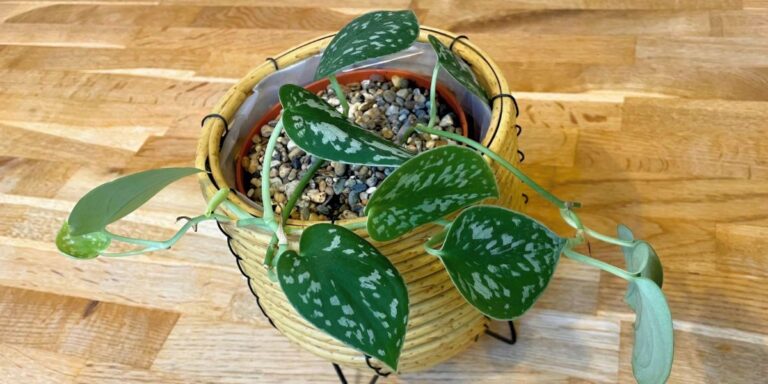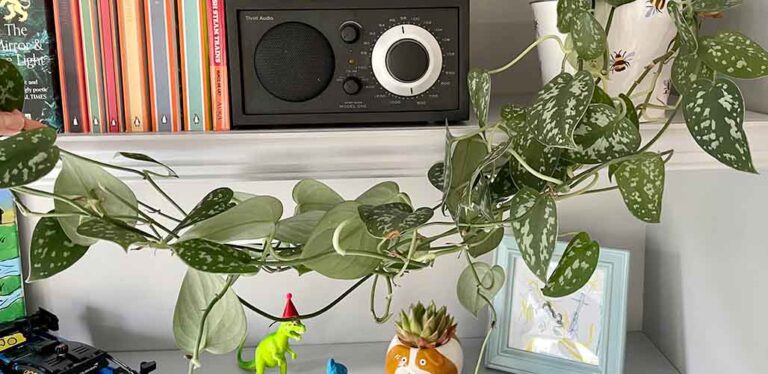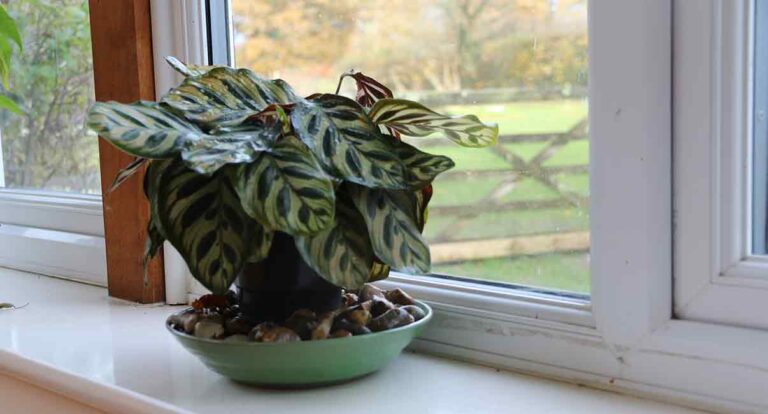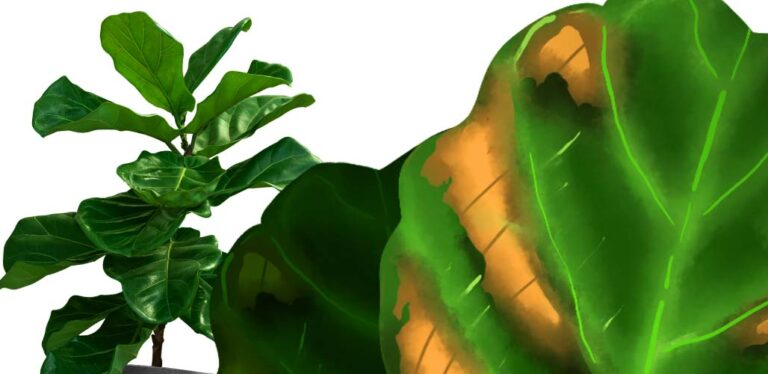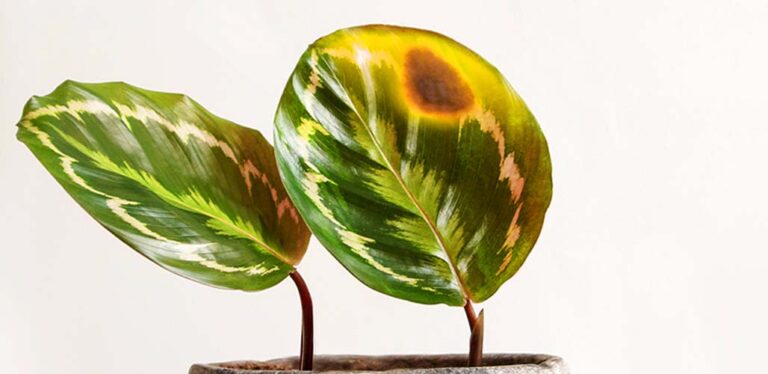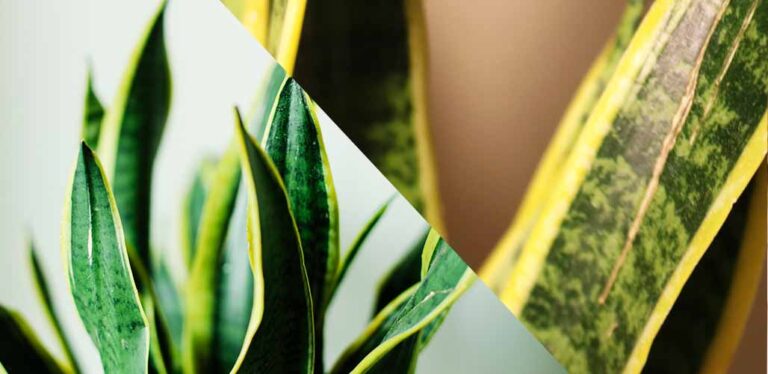Can You Have Too Much Light For Plants?
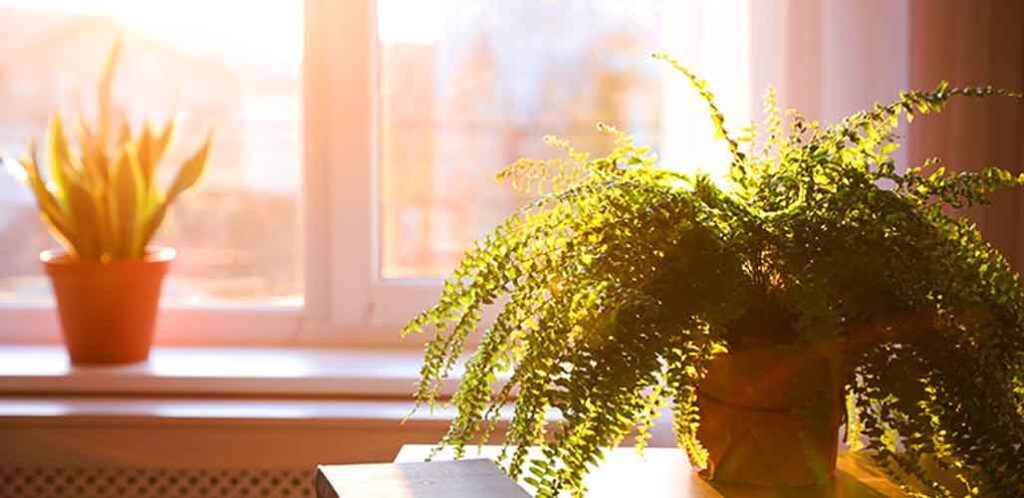
Can you have too much light for plants, or is it impossible to have too much of such a botanically beneficial thing! Plants need light for photosynthesis – the process of trapping light and turning it into chemical energy they can use to live and grow. When plants get too much light it can be damaging, so they have a clever safety mechanism to limit the effect. In this plant care guide, we answer the question ‘can you have too much light for plants?’ and we’ll reveal which plants can handle even the brightest of conditions.
- Why do plants need light?
- Can you have too much light for plants?
- Do plants need darkness?
- Signs of light stress in plants
- Rescuing light-stressed plants
- Do plants droop from too much light?
- How much light do seedlings need?
- How many hours of light do indoor plants need?
- Plants prone to light stress
- Plants that can tolerate a lot of light
These sunflowers grow happily in hours and hours of direct sunshine. But other plants would struggle to cope with so much light. Let’s see why.
Why do plants need light?
All plants need light to drive photosynthesis. Photosynthesis is the process of turning carbon dioxide and water from the atmosphere and light energy from the sun into oxygen and glucose. The oxygen is released back into the atmosphere, and the glucose is used to fuel more growth. Plants have adapted to live on every continent, and in a wide range of extreme environments – some with little or no direct light and some with long periods of very intense light.
Can you have too much light for plants?
Yes. Whilst all plants need light energy, they don’t always need as much as you’d think. In fact, too much light energy can be bad for them – just like too much energy from food can be bad for us! Plants have a maximum capacity for photosynthesis. That is, a maximum rate at which they can turn light energy into usable chemical energy. Once they’re operating at maximum capacity, any further light absorbed by the leaves can overload the photosynthetic pathways and cause them to grind to a halt, rendering the plant unable to make energy at all.
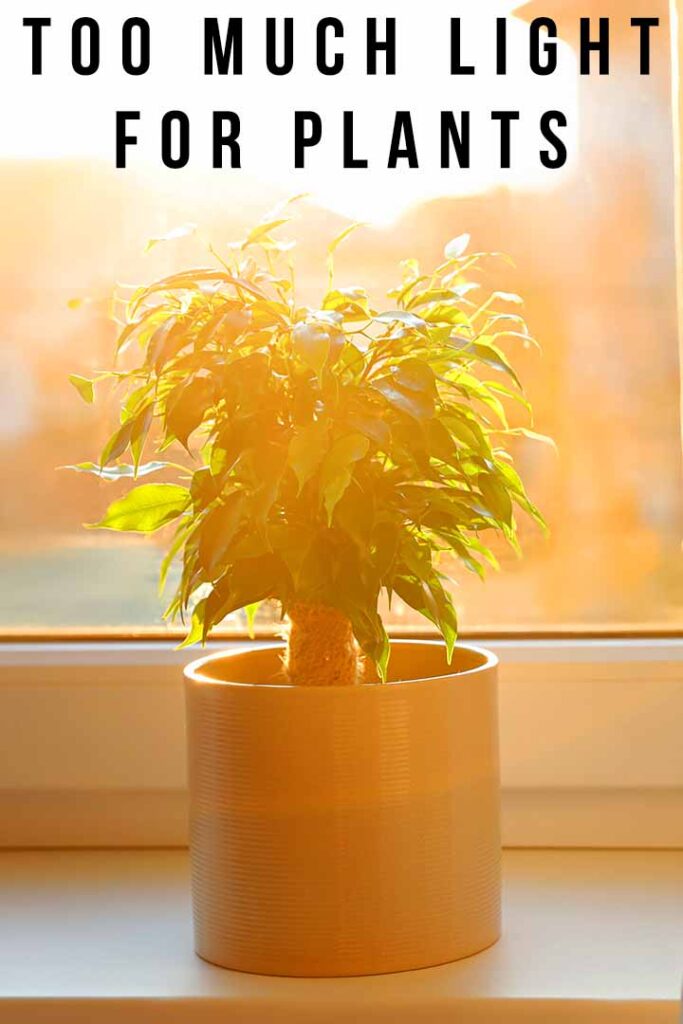
To prevent this overload, plants have evolved with clever adaptations, called photo-protective adaptions. Some algae can change their surface area, so that they stop absorbing so much light. Other algae species even use microscopic hairs on their surface called flagella to swim out of the way of too much light. But most plants dispel surplus light energy by turning it into heat energy and letting it escape from the surface of their leaves. In the 1990s, botanists realized that most plants actually consistently receive more light than they need for photosynthesis, and this photo-protection by turning light into heat and releasing it quickly is an important, continuous, adapting process. But even that protection can be overwhelmed.
Signs of light stress in plants
When plants receive more energy than they can use or safely dispel, they become light stressed. Tell tale signs that a plant is getting too much light include:
- Drooping. See below.
- Leaves fading or changing color. The leaves literally start to look as if they have been bleached by the sun. But whereas sun bleaching usually means that sunlight has broken down the pigments in something, in this case an excess of sun has actually stopped the plant producing pigment at all.
- Scorching. Strong sunlight focused through a window can literally bake the surface of the leaf, causing crispy scorch marks.
- Hot to touch. Under normal conditions photosynthesis turns light energy into chemical energy. So unlike most surfaces with sunlight shining on them, leaves don’t usually warm up, which is why forests and woodland feel cool even in summer. Leaves which feel hot to the touch are probably under light stress, even if there aren’t visible signs of it yet.
Do plants droop from too much light?
Drooping is one important sign that a plant is light stressed. Drooping is caused by the leaves dying back, because their ability to photosynthesize has been overwhelmed and the plant is no longer fuelling itself. But, drooping is also a sign of other problems, including too much water and too little water. Working out which applies may be a case of double-checking what conditions that plant is best adapted to thrive in, and assessing the probability of different causes. For example is the soil in their pot hard and dry, or are their roots standing in water?
Rescuing light-stressed plants
The odds of rescuing a light stressed plant depend on how long it has been struggling for. At a molecular level, photosynthetic pathways can recover and restart again pretty quickly once they stop being overwhelmed. So if there’s still some life left in your plant, then it has a good chance of recovering.
If a plant on a very sunny south facing windowsill is light stressed, try moving it to an east or west facing window. And if a plant on a west facing window is struggling, try moving it to an east or north facing window. Plants facing east or north rarely suffer from too much light, but if it’s a possibility, try moving them in from the window a few feet. Most plants love bright indirect sunlight, for example stood on a table a few feet away from a large window, or next to a window where the light is dappled by trees outside. The problem is that our homes often only contain one or two of these sweet spots, and working out which plants can tolerate our other spaces is a matter of trial and error!
Once your light stressed plant is in its new location, check the soil, and next time it needs watering add some plant feed too. In a week or so, if the plant has recovered, remove any leaves which are still discolored or drooping. They are probably beyond rescue, and leaving them in place will just sap energy from the plant.
Do plants need darkness?
If the answer to ‘can you have too much light for plants?’ is yes, does that mean plants need some darkness as well? Again, the answer is also yes! Most plants have adapted to thrive in a light-dark cycle, and disrupting that can be bad for them. During the day they absorb more light energy than they need, store what they can, and dispel the surplus as heat, as described above. Night time is when they use up the stored energy they accumulated during the day. Without a dark period, plants’ photosynthetic and photo-protective processes are forced to work continuously without breaks, which places stress on the plant.
Some plants also need a cycle of longer nights (i.e. more darkness) in winter to trigger flowering. For example poinsettias, kalanchoe and christmas cacti.
How much light do seedlings need?
Germinating seeds and coaxing tiny seedlings into robust young plant has the potential to be intensely gratifying. But sometimes it can be a mire of confusion and frustration too! Lots of factors need to be just right for seedlings to flourish, including the number of light hours in a day, the intensity of light in that time, humidity, temperature, and so forth. Let’s just focus on getting light right for now though.
Firstly, do your seeds need light to germinate? Some seeds, like poppies and snapdragons can only germinate when they are exposed to light. Others need darkness, and some can germinate in both light and dark conditions. Check your packets, or look it up online if you’re not sure!
Once germinated, most seedlings need 12 to 16 hours of bright, indirect light to thrive. Too little light (either because the days aren’t long enough yet, or the seedlings are too far from a light source) will cause seedlings to become leggy. This means they grow long stretches of stem between leaves, to try and reach the light. But their growth is weak and spindly, and prone to flopping over.
Since seedlings are small, lots of growers use grow lights to provide controlled optimum conditions. Essentially, grow lights provide artificial sunlight for plants. They’re often described as heat lamps for plants, but this is a misnomer. In fact they usually have LED bulbs, specifically to avoid heating seedlings up as well as illuminating them. Growth lamps make it possible to grow seedlings away from a natural light source, or to start seedlings off earlier in the year if you have long dark winters. However, don’t be tempted to leave a growth light on 24 hours a day – their light can overwhelm plants in the same way as sunlight.
How many hours of light do indoor plants need?
We’ve already touched on how different plants are adapted to thrive in different levels of sunlight. Cacti for example can tolerate very bright light, but they are not well adapted to thrive in dark areas. Peace lilies originally adapted to survive on forest floors, where very little direct light reaches. They thrive in low light environments, but are quickly overwhelmed and light stressed in direct sunshine. Some plants, such as English ivy, seems to grow like weeds in either situation.
When you bring a plant home, the label should include details of how much light it needs. If you’re not sure what your new plant is, there are several apps which can identify it for you from a photograph. Let’s finish up with our top picks for houseplants that can tolerate a lot of light, and houseplants which can fill a shady corner.
Plants prone to light stress
These plants are adapted to live in shady habitats – usually under the canopy of trees or large shrubs. They are great for spaces with very little natural light, but they aren’t great at tolerating long periods of intense light, and are likely to struggle on a south-facing window.
Plants that can tolerate a lot of light
These plants have adapted to tolerate more light than they need very well. They are ideal for keeping in sun rooms, conservatories, and offices with lots of windows.
- Cacti
- Succulents
- Pelargoniums
- Kalanchoe
- Cordylines
- Swiss cheese plants
Can you have too much light for plants?
We tend to worry more about plants not getting enough light, than getting too much. But it turns out that lots of plants can have too much of a good thing. Whilst light is important for driving photosynthesis and making fuel, too much light can cause photosynthesis to stop again. To protect themselves, plants can turn some surplus light into heat, but they don’t have infinite capacity for it. Different plants become light stressed at different thresholds, depending on what outdoor conditions they are adapted too. Luckily if caught and relocated early, most light stressed plants recover quickly.
Do you have a windowsill which is almost too bright for anything to survive? Did you eventually find a plant which could handle it? Let us know in the comments box down below!
More Houseplant Care Tips
- Extending a Peace Lily Lifespan
- Which Plants Are Prone To Sunburn?
- What window position is best for fiddle leaf figs?
- Looking after Begonia Amphioxus
- Can I Repot My Yucca in Fall?
References
- Artificial lighting for indoor plants. Royal Horticultural Society. Accessed June 2022.
- Barber & Andersson. Too much of a good thing: light can be bad for photosynthesis. Trends in Biochemical Sciences. 1992.
- Erickson et al. Light stress and photoprotection in Chlamydomonas reinhardtii. The Plant Journal. 2015.
- Excess Light on Indoor Plants. University of Maryland Extension. Accessed June 2022.
- Lighting for indoor plants and starting seeds. University of Minnesota Extension. Accessed June 2022.
- Ort. When There Is Too Much Light. Plant Physiology. 2001.

